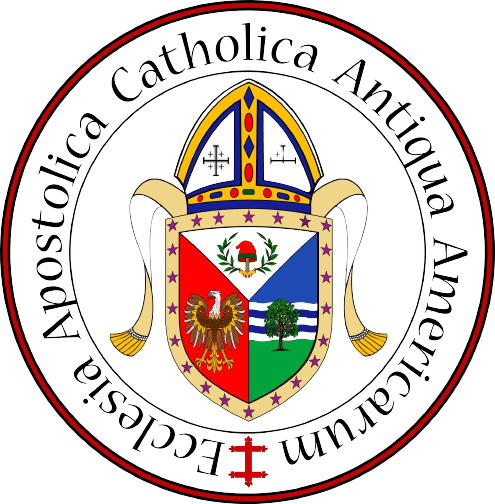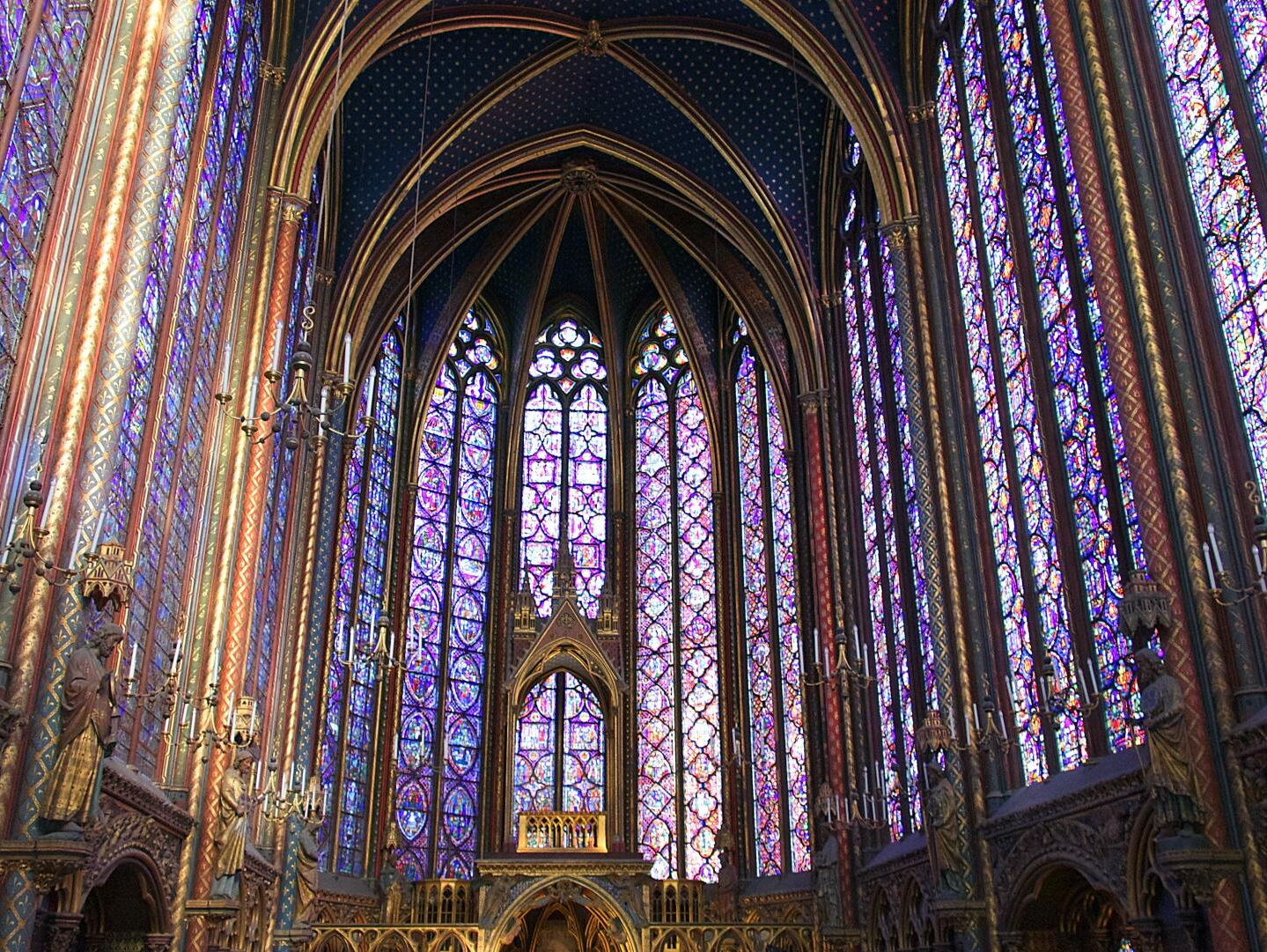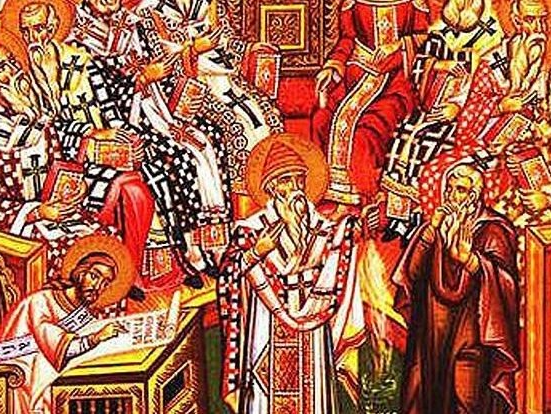The Old Catholic Church is a community of Christian churches. Many of these were German-speaking churches which split from the Roman Catholic Church in the 1870s because of the promulgation of the dogma of Papal Infallibility as promoted by the First Vatican Council of 1869 1870. The term ‘Old Catholic was first used in 1853 to describe the members of the See of Utrecht, who were not under Papal authority. While the European Old Catholic Churches are a part of the Union of Utrecht, there are many more that are independent, especially in the United States.
Old Catholics in the US
Soon after Old Catholicisms momentous events at the end of the 19th century, Old Catholic missionaries came to the United States.
In the area of Green Bay, Wisconsin, Joseph Rene Vilatte began working with Roman Catholics of Belgian ancestry, who tended to separate from Roman influence due to their isolated geographical position at the time. Vilatte was ordained a deacon on 6 June 1885 and priest on 7 June 1885 by the Most Rev. Eduard Herzog, Bishop of the Old Catholic Church of Switzerland. After his ordination, Fr. Vilatte worked diligently on behalf of his congregations in Wisconsin, providing the only Catholic presence in his very rural part of the state.
In time, he petitioned the Old Catholic Archbishop of Utrecht to be consecrated a bishop so that he might confirm children and perform other ministrations for his people. His petition was not granted. Determined to meet the spiritual needs of his people, Father Vilatte sought opportunities in the Eastern Orthodox and Oriental Orthodox Churches.
He was consecrated a bishop in India on the 28 May 1892 under the jurisdiction of the Syriac Patriarch of Antioch. A number of western orthodox churches such as the African Orthodox Church and the Orthodox Catholic Church of America are descended from Bishop Vilatte and claim him as a kind of founder by virtue of his ordinations and consecrations.
Many Old Catholic bishops in the United States trace their Apostolic Succession to Arnold Harris Mathew and the (later independent) Old Catholic Church of England, which is presently widely known as the Old Roman Catholic Church. Father Mathew was consecrated bishop on 28 April 1908, by Utrecht Archbishop Gerhardus Gul, assisted by the Old Catholic Bishops of Deventer and Berne, in St. Gertrudes Old Catholic Cathedral in the city of Utrecht. Bishop Mathew sent pioneers to the United States including the theosophist Bishop James Ingall Wedgwood (1892 - 1950) and Prince (Bishop) Rudolph de Landas Berghes et de Rache (1873-1920).
Bishop de Landas arrived in the United States on 7 November 1914. He hoped to bring the various Old Catholic jurisdictions into one church organization under Archbishop Arnold Mathew of England. Bishop de Landas contributed greatly to the growth and development of the Old Catholic Church during his active years. He ordained and consecrated other priestly pioneers including William Francis Brothers and Carmel Henry Cafora.
Since the passing of the original organizers from the ecclesiastical scene, the Old Catholic Church in the United States has evolved from a centralized administration with structured oversight of ministry to a local and regional model of administration with self-governing dioceses and provinces. According to some, this local model more closely follows the ancient tradition of the early Christian Churches as a communion of communities each laboring together to proclaim the message of the Gospel.
Old Catholics and the Roman Church
Relations between the Roman Catholic Church and Old Catholic churches varies from diocese to diocese. In some places, they are warmly welcome and assist one another in social justice works. In others, the Roman Bishops attempt to interfere with the valid ministries of Old Catholics. Here are two references that indicate officially, that the Roman Catholic church recognizes Old Catholics are a valid part of the church universal:
The Canon Law of the Roman Catholic Church:
Canon 844 1: Catholic ministers may lawfully administer the sacraments only to catholic members of Christs faithful, who equally may lawfully receive them only from catholic ministers, except as provided in 2, 3 and 4 of this canon and in can. 861 ß2.
2: Whenever necessity requires or a genuine spiritual advantage commends it, and provided the danger of error or indifferentism is avoided, Christs faithful for whom it is physically or morally impossible to approach a catholic minister, may lawfully receive the sacraments of penance, the Eucharist and anointing of the sick from non-Catholic ministers in whose Churches these sacraments are valid.
3: Catholic ministers may lawfully administer the sacraments of penance, the Eucharist and anointing of the sick to members of the eastern Churches not in full communion with the Catholic Church, if they spontaneously ask for them and are properly disposed. The same applies to members of other Churches which the Apostolic See judges to be in the same position as the aforesaid eastern Churches so far as the sacraments are concerned.
Additional Links for Further Research on Old and Independent Catholicism
1. For a brief history of Independent Catholicism in North America, click here.
2. A repository of numerous documents about our Old Catholic History and Movement compiled by the Most Rev. Donald M. Weeks, OSB
Mass held at:
75 East Market Street
Mailing address:
1204 Stanhope Street, Bethlehem, PA 18017
(610) 849-2061
ABOUT
OCACA INFORMATION
STAY UP TO DATE
Contact Us
We will get back to you as soon as possible.
Please try again later.


